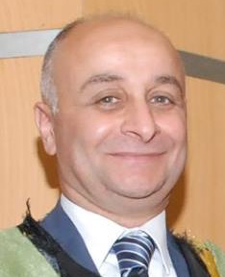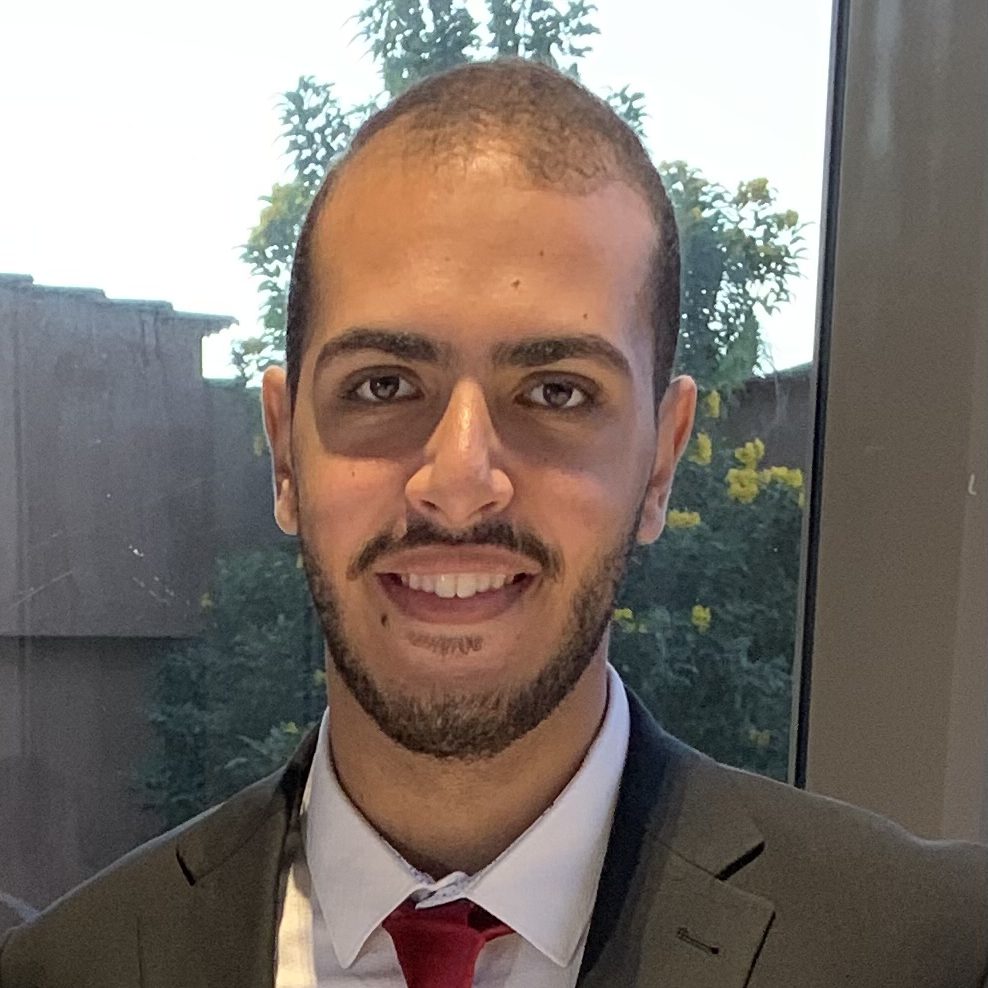Team Members

Youssif Assem
Team Leader

Mohamed Moataz
Team Member

Kareem Ehab
Team Member

Ahmed Gamal
Team Member

Mohamed Akram
Team Member
Supervisors

Dr. Ashraf AbdelRaouf
Assistant Professor

Eng. Ahmed Hazem
Teaching Assistant

Eng. Mahmoud ElSahhar
Teaching Assistant
Abstract
”Paternity Test” is an application dedicated to proving parentage and detecting child relevance. The most accurate aspect in determining the parents of a child is their DNA, to address one of the most significant phenomena that have spread around the world, that is homeless children. Orphaned children, and men who dispute the paternity of a child. We developed a method that analyzes the whole genome or alleles in a specific rs number. The proposed approach utilizes numerous algorithms to compare it to all of the individuals in the dataset. We applied methods to prove the parentage. Firstly, Mendelian’s` law. Secondly, Short tandem repeat algorithm. Then, define the family of the orphan child. Additionally, the approach can determine whether or not the child is connected to his parents. Our experiment succeeded in proving or rejecting the relationship between the parent and child using the two approaches; either with RS or the whole genome.
System Objectives
The system will be able to display paternity testing results by using data from both the father, mother, and child’s DNA analysis (input), where the model compares these rs numbers and determine whether the child is linked to the father/mother or not(output) in addition we will extend paternity test AKA proof of parentage through Whole-genome sequencing(WGS) which is a next-generation sequencing application that determines the entire DNA sequence all at once. Several test cases will be provided in the system such as the standard trio case (father, mother, child) and other paternity test cases.
System Scope
The main goal of our project is to have a system that can output the results of a family’s paternity test according to their rs numbers analysis or whole genome sequence, then output whether or not the alleged father is the actual parent or not and show the likelihood (for example if the father is the true parent then the likelihood should be ex: 99.999%). The second part would be kinship analysis and finding out if the child has a kinship to this family or not according to the number of rs numbers that can be found similar and finding their likelihood if the child is related or not. Our system shall:
1) displays the results of the paternity test based on the given test case
2) State the different rs numbers that led to a false paternity
3) Retrieve a report giving the outcome for the intended audience
4) Obtain the most accurate family that a homeless child could be related to.
Documents and Presentations
Proposal
You will find here the documents and presentation for our proposal.
Document
Presentation
SRS
You will find here the documents and presentation for our SRS.
Document
presentation
SDD
You will find here the documents and presentation for our SDD.
Document
presentation
Thesis
You will find here the documents and presentation for our Thesis
Document
Presentation
Accomplishments
Publications
Competitions

Competition Title
Detail Text


